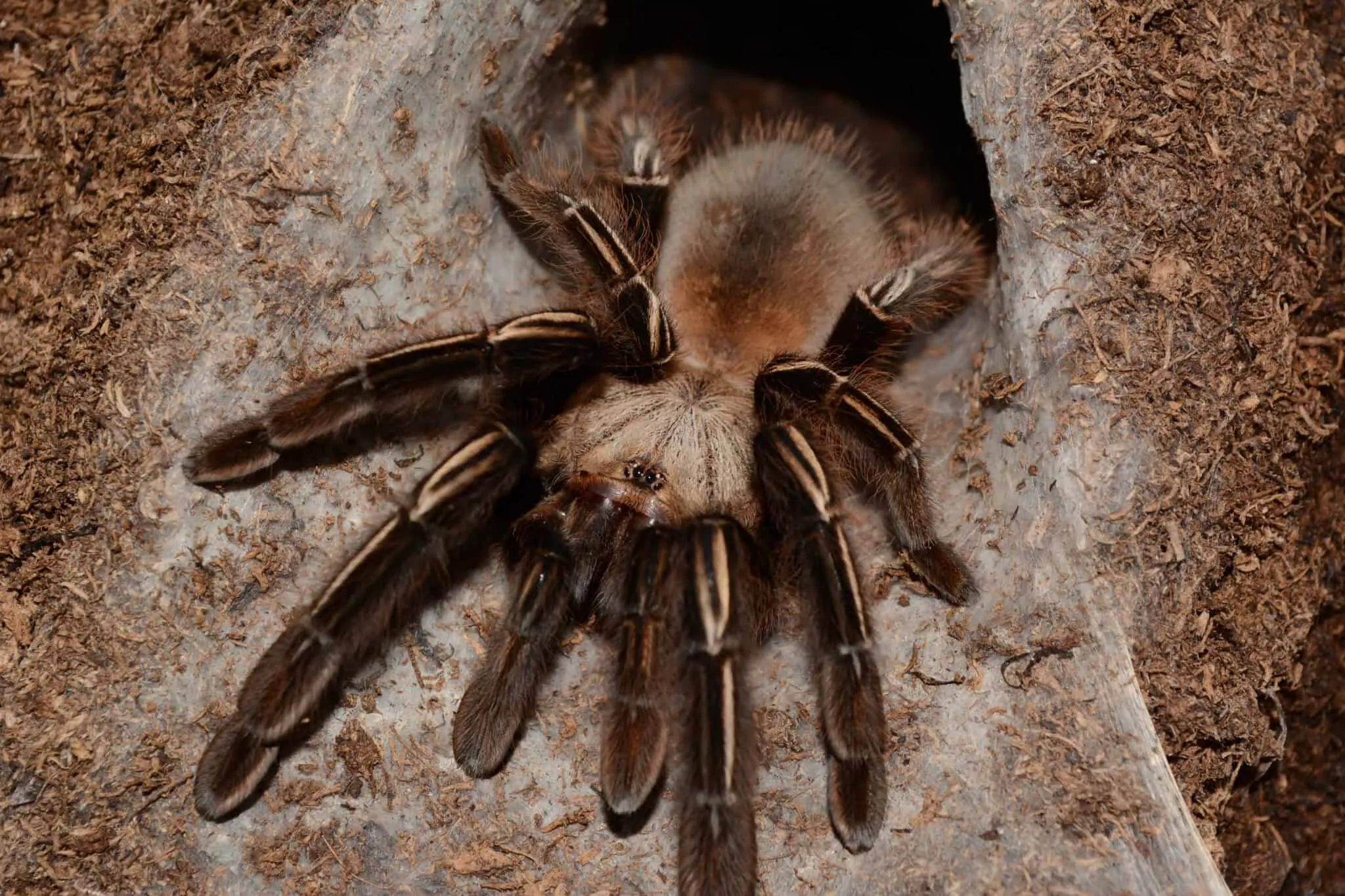Top 7 Tarantula Care Tips You Need To Know
Bringing a tarantula into your home can be an incredibly rewarding experience. These fascinating creatures are relatively low-maintenance pets, but they do require specific care to thrive. This comprehensive guide covers the top seven must-know tips for tarantula care, ensuring you can provide a safe, healthy, and stimulating environment for your eight-legged friend. From choosing the right species to understanding their unique needs, this information will empower you to become a responsible and knowledgeable tarantula owner. Prepare to embark on an exciting journey into the world of tarantulas, learning how to appreciate their beauty and complexity while providing the best possible care.
Choosing the Right Tarantula Species
The first step in successful tarantula care is selecting a species that suits your experience level and lifestyle. Some tarantulas are better suited for beginners due to their docile temperament and hardiness, while others require more specialized care. Researching different species is crucial to understanding their specific needs, including their size, temperament, venom potency, and environmental requirements. Consider factors like your tolerance for handling, your access to specialized equipment, and your overall commitment to providing appropriate care. Choosing the right species will set the foundation for a positive and fulfilling tarantula-keeping experience, helping you avoid potential challenges and ensuring the well-being of your pet.
Considerations before Buying a Tarantula
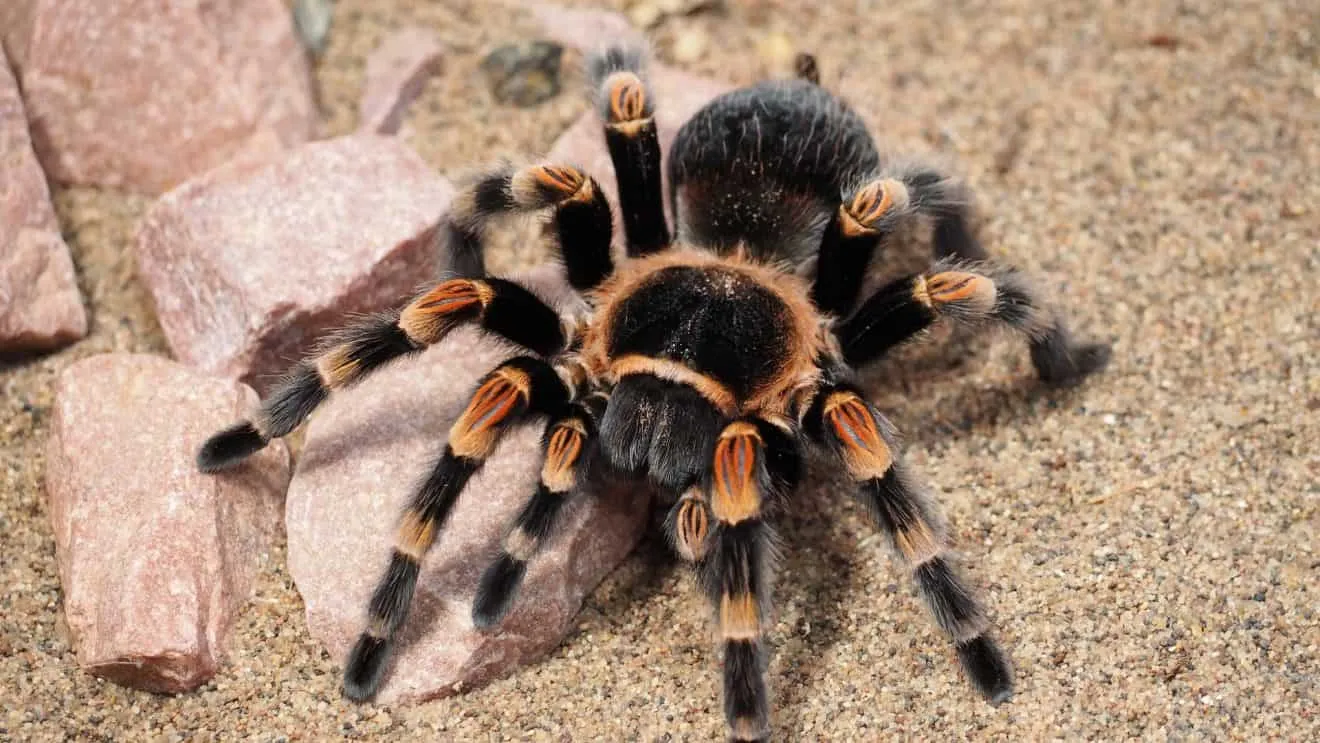
Before bringing a tarantula home, it’s essential to consider several factors. Research the species’ lifespan, which can range from a few years to over 20 years. Ensure you are prepared for this long-term commitment. Think about your living situation and whether you can provide a secure and stable environment free from disturbances. Evaluate your budget for essential supplies, including an enclosure, substrate, heating, lighting, and food. Determine if you or anyone in your household has any allergies to insects or other potential food sources. Finally, familiarize yourself with local laws and regulations regarding tarantula ownership, as some species may be restricted or require special permits. Careful consideration of these aspects will help you make an informed decision and prepare for the responsibilities of tarantula ownership.
Popular Tarantula Species for Beginners
Several tarantula species are highly recommended for beginners due to their relatively docile nature, ease of care, and stunning appearance. The Chilean Rose Hair (Grammostola rosea) is one of the most popular choices, known for its calm temperament and tolerance of handling. The Curly Hair tarantula (Tliltocatl albopilosus) is another excellent option, recognized for its gentle disposition and attractive appearance. The Pinktoe tarantula (Avicularia avicularia) is also a good option with its arboreal lifestyle and vibrant colors. Research the specific needs of these species, including their preferred habitats, feeding requirements, and potential health issues, to ensure you can provide optimal care. Starting with a beginner-friendly species will allow you to build confidence, gain experience, and develop a strong foundation in tarantula care before potentially exploring more challenging species in the future.
Setting Up the Perfect Tarantula Enclosure
The enclosure is a tarantula’s home, and creating a suitable habitat is crucial for its well-being. The enclosure should provide a safe and secure environment where your tarantula can thrive. It should mimic the tarantula’s natural habitat, allowing it to exhibit natural behaviors like burrowing, hiding, and foraging. The enclosure needs to be the correct size for the species, providing enough space for movement without being excessively large. The setup must maintain appropriate temperature and humidity levels, offer a suitable substrate for burrowing or arboreal climbing, and have provisions for food and water. A well-designed enclosure not only enhances the aesthetic appeal but also plays a significant role in reducing stress and promoting the overall health of your pet tarantula.
Enclosure Size and Substrate
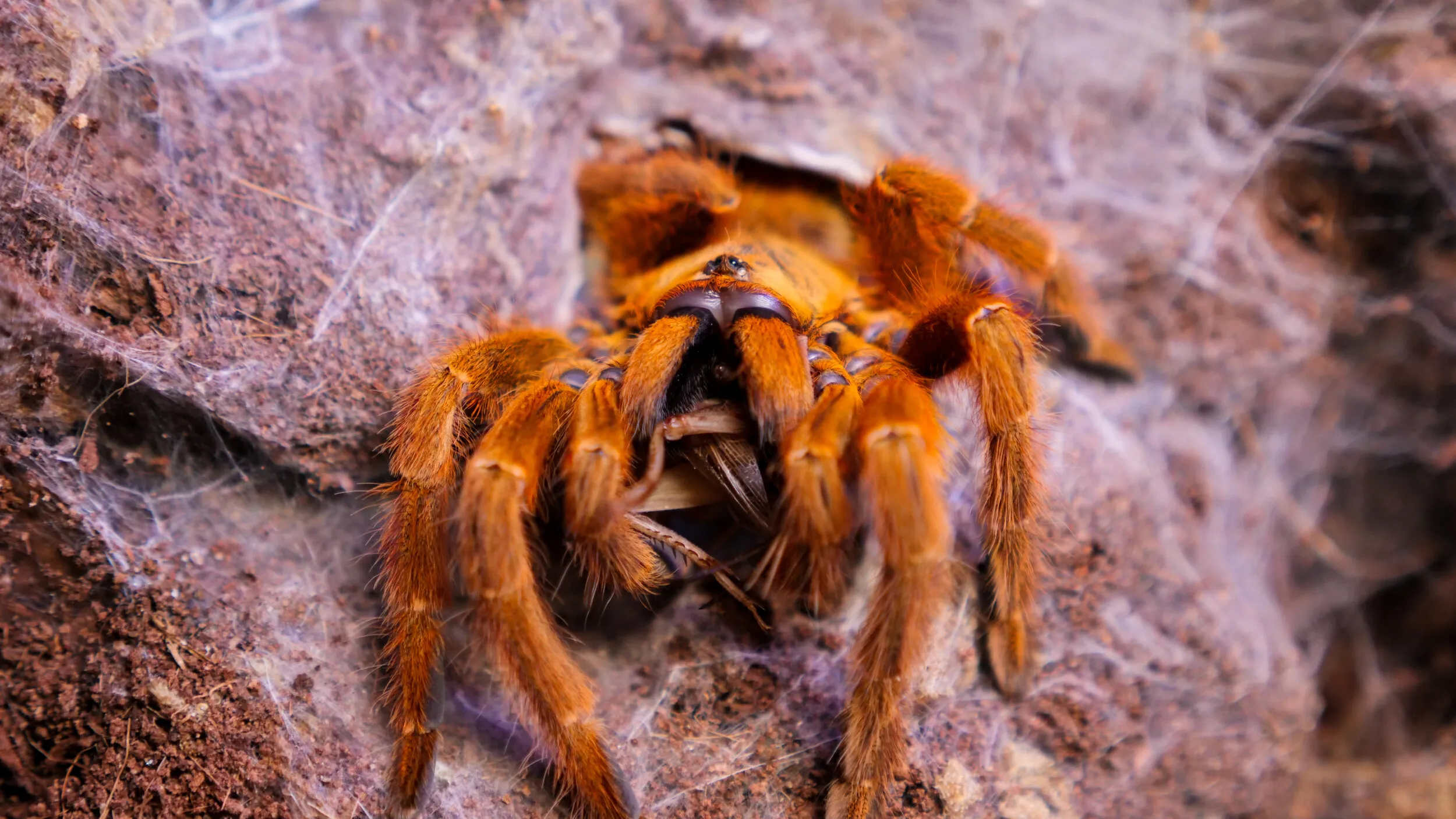
Choosing the right enclosure size and substrate is vital. The size of the enclosure should be appropriate for the tarantula’s size and species. A general rule is to provide an enclosure that is at least three times the tarantula’s leg span in width. For terrestrial species, a larger horizontal space is important, while arboreal species require more vertical space. The substrate should be chosen based on the species’ natural habitat and burrowing behavior. Good choices include coconut fiber, peat moss, or a mix of both, which retain moisture and allow the tarantula to burrow. The substrate should be deep enough for burrowing species, and it must be kept clean and replaced regularly to prevent the buildup of bacteria and waste. Providing a well-sized enclosure with suitable substrate is critical to providing a suitable environment for your tarantula.
Temperature, Humidity, and Ventilation
Temperature, humidity, and ventilation are essential environmental factors. Most tarantulas thrive in temperatures between 70 and 80 degrees Fahrenheit. Use a thermometer to monitor the temperature and provide a heat source, such as a heat mat, if necessary. Humidity levels vary depending on the species, but generally, they should be maintained between 60-80%. Use a hygrometer to measure humidity, and mist the enclosure with water as needed to increase humidity. Ventilation is essential to prevent mold and mildew growth. Ensure the enclosure has proper airflow. Avoid placing the enclosure in direct sunlight or near heating or cooling vents, which can cause fluctuations in temperature and humidity. Regulating these environmental factors is critical to maintaining your tarantula’s health and well-being.
Feeding Your Tarantula the Right Way
Proper feeding is a cornerstone of responsible tarantula care. Tarantulas are opportunistic predators, and their diet typically consists of insects. Providing a nutritious and varied diet ensures that your tarantula receives all the necessary nutrients for growth and development. The frequency and size of the meals depend on the tarantula’s age, species, and metabolism. Offering a consistent and appropriate feeding schedule helps maintain your tarantula’s health. Understanding the dietary needs of your tarantula and providing appropriate food is vital for a healthy and thriving pet. It is always important to check and remove any uneaten food items from the enclosure to prevent the growth of mold or mites, which can harm your tarantula.
What to Feed Your Tarantula
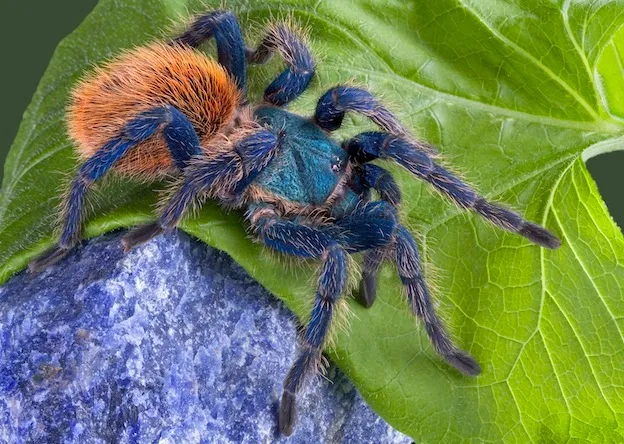
The most common food items for tarantulas are live insects. Crickets are a staple, but they can be supplemented with other insects, such as mealworms, superworms, roaches, and even small, pre-killed vertebrates. The insects should be gut-loaded before feeding them to your tarantula, which means feeding them nutritious food for at least 24 hours before offering them to your pet. This ensures that your tarantula gets the maximum nutritional value from its meal. It is also important to vary the diet to provide a balanced intake of nutrients. Avoid feeding your tarantula insects collected from the wild, as they may carry parasites or pesticides. Ensure that the prey items are not too large, as they can injure your tarantula. Providing a diverse and nutritious diet will help your tarantula thrive.
Feeding Frequency and Portion Size
The feeding frequency and portion size depend on the tarantula’s age, species, and individual needs. Spiderlings typically need to be fed more frequently, perhaps every other day or every day, while adult tarantulas can be fed less often, such as once or twice a week. The general rule is to offer the tarantula a food item that is roughly the same size as its abdomen. Overfeeding can lead to obesity, which can be detrimental to the tarantula’s health, while underfeeding can stunt growth. Always observe your tarantula’s behavior and adjust the feeding schedule accordingly. If your tarantula is refusing food, it may be preparing to molt. Remove any uneaten food items within 24 hours to prevent the growth of mold and pests. Always keep fresh water available.
Providing Proper Water and Hydration
Providing access to fresh water is essential for tarantulas to stay hydrated and healthy. Tarantulas absorb water through their food and by drinking from a water source. Dehydration can lead to serious health problems, so ensuring that your tarantula always has access to water is crucial. This involves using a water dish or providing water via misting, depending on the species and its needs. Regularly monitoring the water source and ensuring it remains clean is a simple but vital aspect of responsible tarantula care.
Water Bowl and Misting
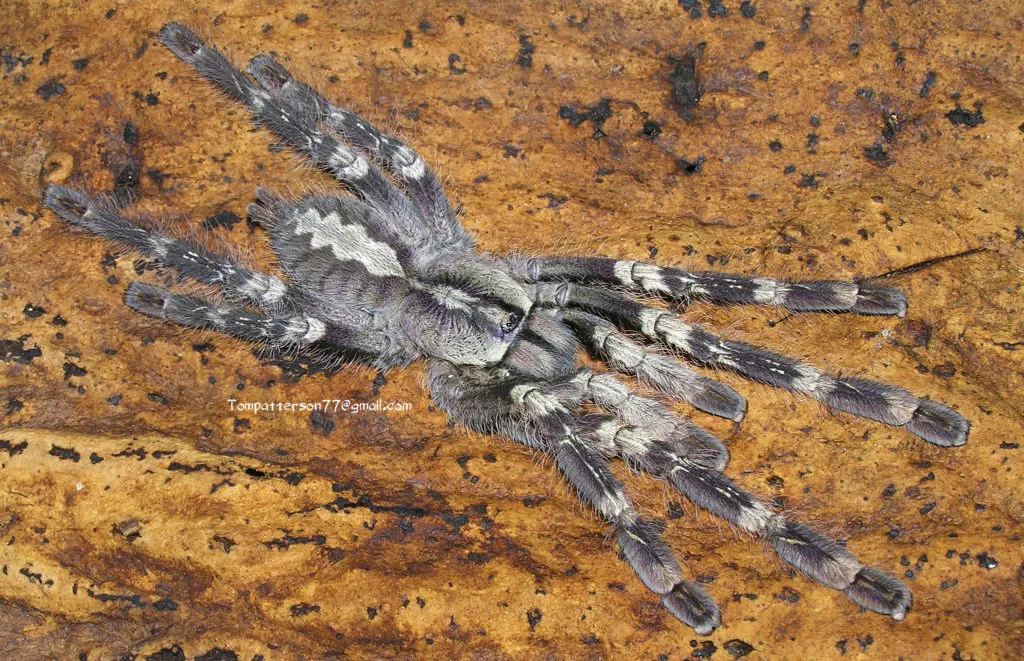
A shallow water bowl should always be available in the enclosure for terrestrial and arboreal tarantulas. The water bowl should be the appropriate size for the species and should be placed in a location where the tarantula can easily access it. Use a water bowl that is stable to prevent spills. For arboreal species and species that prefer higher humidity, misting the enclosure with dechlorinated water can also provide hydration. Misting frequency depends on the species and its humidity requirements; some species may need misting several times a week, while others require less. Always use dechlorinated or bottled water to avoid exposing your tarantula to harmful chemicals.
Monitoring and Maintaining Water Levels
Regularly monitor the water bowl to ensure it is always full and clean. Replace the water every day or two to prevent the buildup of bacteria and other contaminants. If you are misting the enclosure, monitor the humidity levels using a hygrometer. Avoid over-misting, which can lead to excessive humidity and the growth of mold and mildew. Make sure that the substrate is not constantly wet, which can cause the tarantula to become ill. Maintaining proper water levels is a critical aspect of providing a healthy environment for your tarantula, and is a simple way to ensure the well-being of your pet. Observing your tarantula’s behavior and environmental conditions can help you determine if you are providing enough water.
Understanding Tarantula Molting
Molting is a natural process where a tarantula sheds its exoskeleton to grow and develop. This process is a critical aspect of their life cycle, allowing them to shed old, worn-out exoskeletons and replace them with new ones. The frequency of molting varies depending on the age of the tarantula; younger tarantulas molt more often than adults. Understanding the molting process is crucial for providing appropriate care and avoiding unnecessary stress during this vulnerable time. Recognizing the signs of an upcoming molt and knowing how to respond appropriately will ensure a successful molting process and help your tarantula thrive. This process is a fascinating and crucial stage in a tarantula’s life.
Signs of an Upcoming Molt
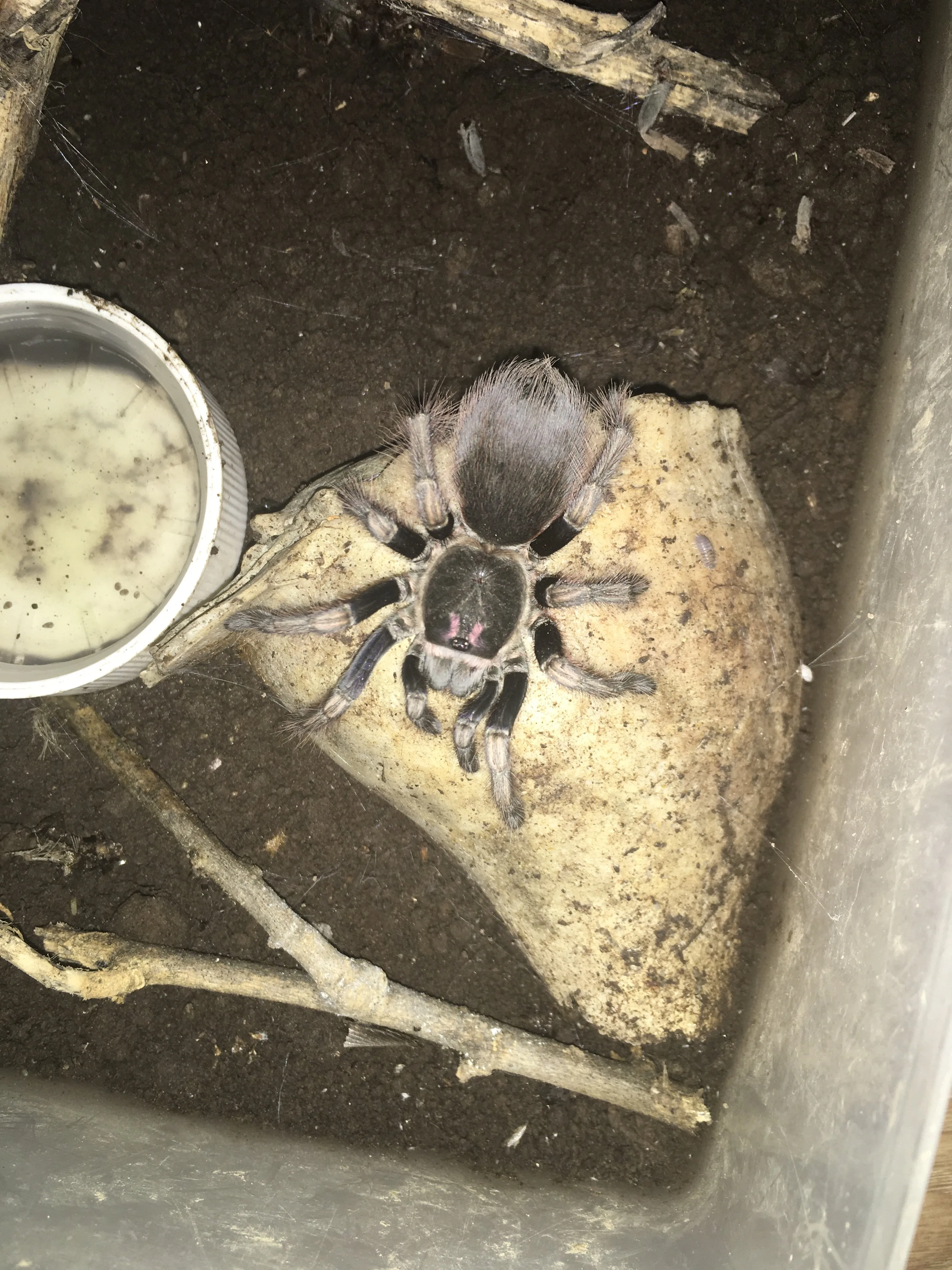
Several signs indicate that your tarantula is preparing to molt. The tarantula may stop eating a week or two before molting. Their abdomen may appear darker and larger, as the new exoskeleton forms beneath the old one. The tarantula may become less active and may spend more time in its hide or burrow. You might also observe a bald spot on the tarantula’s abdomen, which is often a sign that the tarantula is preparing to molt. The tarantula may create a web mat in the enclosure, which it will use during the molting process. Recognizing these signs will help you understand what your tarantula is going through and will guide you in providing the proper environment.
What to Do During Molting
During the molting process, it is essential to avoid disturbing your tarantula. Keep the enclosure clean and provide fresh water. Do not attempt to handle the tarantula. Provide a humid environment, which will help the tarantula shed its old exoskeleton. If the tarantula flips onto its back, it is a normal position during molting. If your tarantula appears to be struggling to molt, seek advice from an experienced tarantula keeper or a veterinarian specializing in exotic animals. Once the tarantula has molted, it is important to give the new exoskeleton time to harden before feeding it. Avoid offering food for a few days after molting. After the molt, your tarantula will be vulnerable and will require time to recover.
Safe Handling and Interaction
Handling tarantulas can be an exciting aspect of pet ownership, but it requires caution and understanding. Not all tarantulas are suitable for handling, and it is always best to prioritize the tarantula’s well-being. Certain species are more docile and less prone to biting, while others can be defensive or have potent venom. Handling a tarantula is not always necessary for its care and should only be done when you are confident, prepared, and prioritize the safety of both yourself and the tarantula. Understanding the risks involved and following safety precautions will minimize the potential for negative experiences. It’s crucial to create a bond with your tarantula, and it can be done without any handling.
When to Handle and When to Avoid
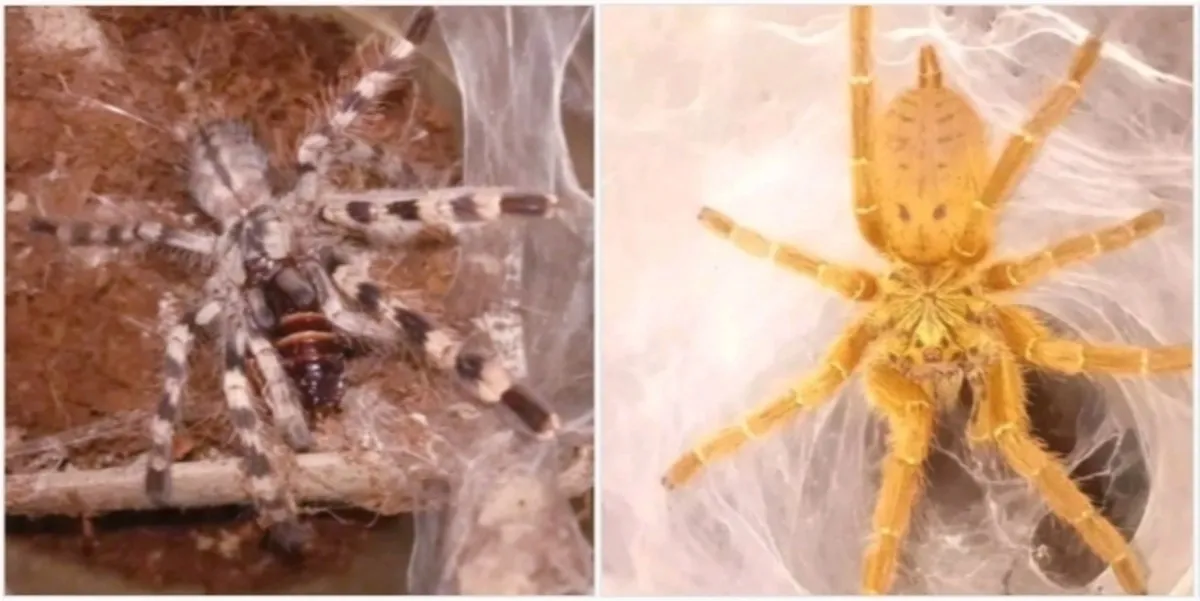
Before handling your tarantula, consider its species, temperament, and your level of experience. Handle your tarantula only when you feel confident and comfortable. Never handle a tarantula if it is showing signs of stress, such as raising its front legs, flicking hairs, or hissing. Avoid handling tarantulas immediately after they have molted, as their fangs and exoskeletons are still soft. Handle a tarantula only in a safe area, such as a low table or a soft surface, in case it falls. If you are bitten or envenomated, seek medical attention. It’s essential to assess the risks associated with handling and to prioritize the tarantula’s well-being and your own safety.
Proper Handling Techniques
If you choose to handle your tarantula, approach it slowly and gently. Use a soft object, such as a paintbrush or a piece of cardboard, to encourage the tarantula to walk onto your hand. Support the tarantula’s body from underneath, and avoid squeezing or grabbing it. Keep your movements slow and deliberate, and avoid sudden noises or movements that could startle the tarantula. Always handle your tarantula over a soft surface, in case it falls. If the tarantula starts to show signs of stress, such as raising its front legs or flicking hairs, gently place it back in its enclosure. After handling, wash your hands thoroughly to remove any potential allergens. Be patient and gentle, and remember that handling is not always necessary for the tarantula’s care.
Recognizing and Addressing Health Issues
Tarantulas are generally hardy creatures, but they can still encounter health problems. Recognizing the signs of illness or injury is crucial for early intervention and ensuring the best possible outcome for your pet. Observing your tarantula’s behavior, appetite, and overall appearance will help you identify any potential issues. Knowing how to respond to common health problems and understanding when to seek professional veterinary care are vital for maintaining your tarantula’s health and well-being. Early detection and appropriate treatment can significantly improve your pet’s chances of recovery and longevity.
Common Tarantula Health Problems
Some of the most common health problems in tarantulas include parasites, mites, fungal infections, and injuries. Parasites, such as nematodes, can affect the tarantula’s digestive system. Mites can infest the tarantula and its enclosure, causing irritation and potentially transmitting diseases. Fungal infections can develop in humid environments. Injuries, such as broken legs or damaged fangs, can occur from falls or handling. Watch out for unusual behavior, such as loss of appetite, lethargy, or difficulty moving. Look for changes in the tarantula’s appearance, such as discoloration or swelling. If you suspect your tarantula is sick, isolate it and seek professional advice from an experienced tarantula keeper or a veterinarian.
Preventative Care and Veterinary Advice
Preventative care is essential for maintaining your tarantula’s health. Provide a clean and well-maintained enclosure to prevent infections and parasites. Ensure that the tarantula has access to fresh water and a nutritious diet. Regularly monitor the tarantula’s health and behavior. Quarantine new tarantulas before introducing them to your collection. If you notice any signs of illness or injury, consult with a veterinarian specializing in exotic animals. The veterinarian can diagnose the problem and recommend appropriate treatment. Follow the veterinarian’s advice carefully and provide the necessary care to help your tarantula recover. Regular monitoring, proper hygiene, and prompt veterinary care can significantly improve your tarantula’s chances of staying healthy and living a long and happy life.
Creating a Thriving Tarantula Habitat
Creating a thriving tarantula habitat involves providing enrichment and maintaining a clean environment. Enrichment refers to the addition of elements to the enclosure that stimulate the tarantula’s natural behaviors, such as burrowing, hiding, and foraging. A well-designed habitat provides not only for the basic needs of a tarantula but also for its overall well-being. This ensures a healthy, stimulating environment where your tarantula can thrive. The goal is to create a space that closely resembles the tarantula’s natural environment, enhancing its quality of life and allowing it to exhibit its unique behaviors.
Enrichment and Decor
Enrichment can include various elements, such as providing appropriate substrate for burrowing. Adding hides, such as cork bark or artificial plants, provides hiding places and security for the tarantula. Including decorations, such as driftwood, rocks, or fake plants, can also stimulate the tarantula’s environment. The use of appropriate decorations can also enhance the visual appeal of the enclosure. Ensure all decorations are clean and safe for the tarantula, with no sharp edges or potential hazards. Providing enrichment will help reduce stress and promote natural behaviors. It can also add to the aesthetic value of the enclosure.
Maintenance and Cleaning
Regular maintenance and cleaning of the enclosure are essential to maintain a healthy and hygienic environment. Spot-clean the enclosure regularly by removing any uneaten food, feces, and old molts. Deep-clean the enclosure every few months by removing all substrate and decorations and disinfecting the enclosure. Replace the substrate with fresh substrate. Always use animal-safe disinfectants, and ensure that the enclosure is completely dry before returning the tarantula. Maintain the proper temperature and humidity levels, and provide fresh water at all times. Keeping the enclosure clean and well-maintained will prevent the buildup of bacteria, parasites, and pests, and it will contribute to the overall health and well-being of your tarantula.
In conclusion, providing proper care for a tarantula involves understanding its specific needs and creating a suitable environment. By following the seven must-know tips outlined in this guide, you can provide your tarantula with the best possible care, promoting its health, well-being, and longevity. Remember to research your chosen species thoroughly, set up a proper enclosure, provide a balanced diet, ensure access to fresh water, understand the molting process, handle with care, and recognize and address any health issues promptly. By following these guidelines, you will be well-equipped to enjoy the rewarding experience of keeping a tarantula. Enjoy the journey of tarantula ownership and appreciate the unique beauty and characteristics of these amazing creatures.
